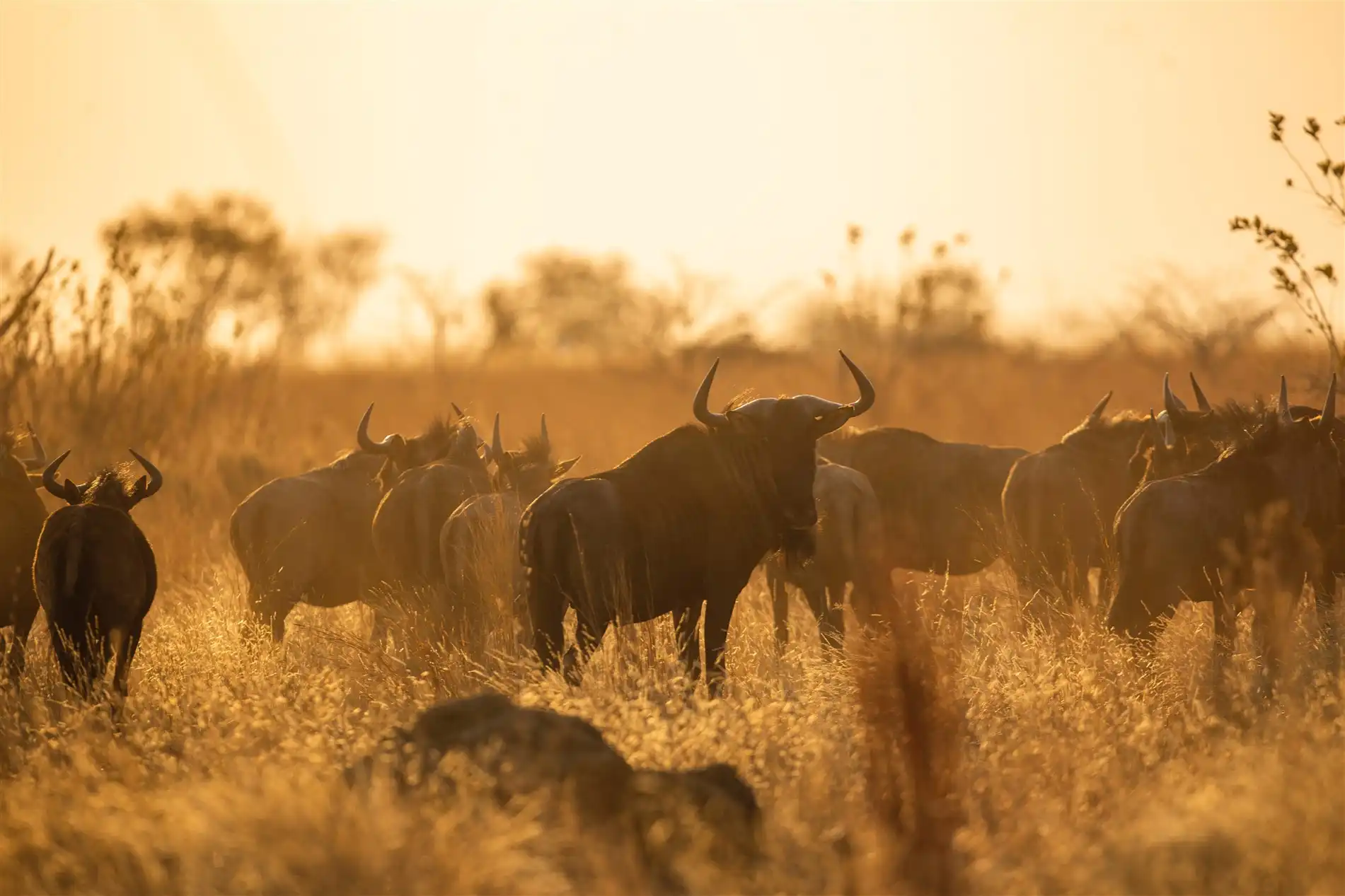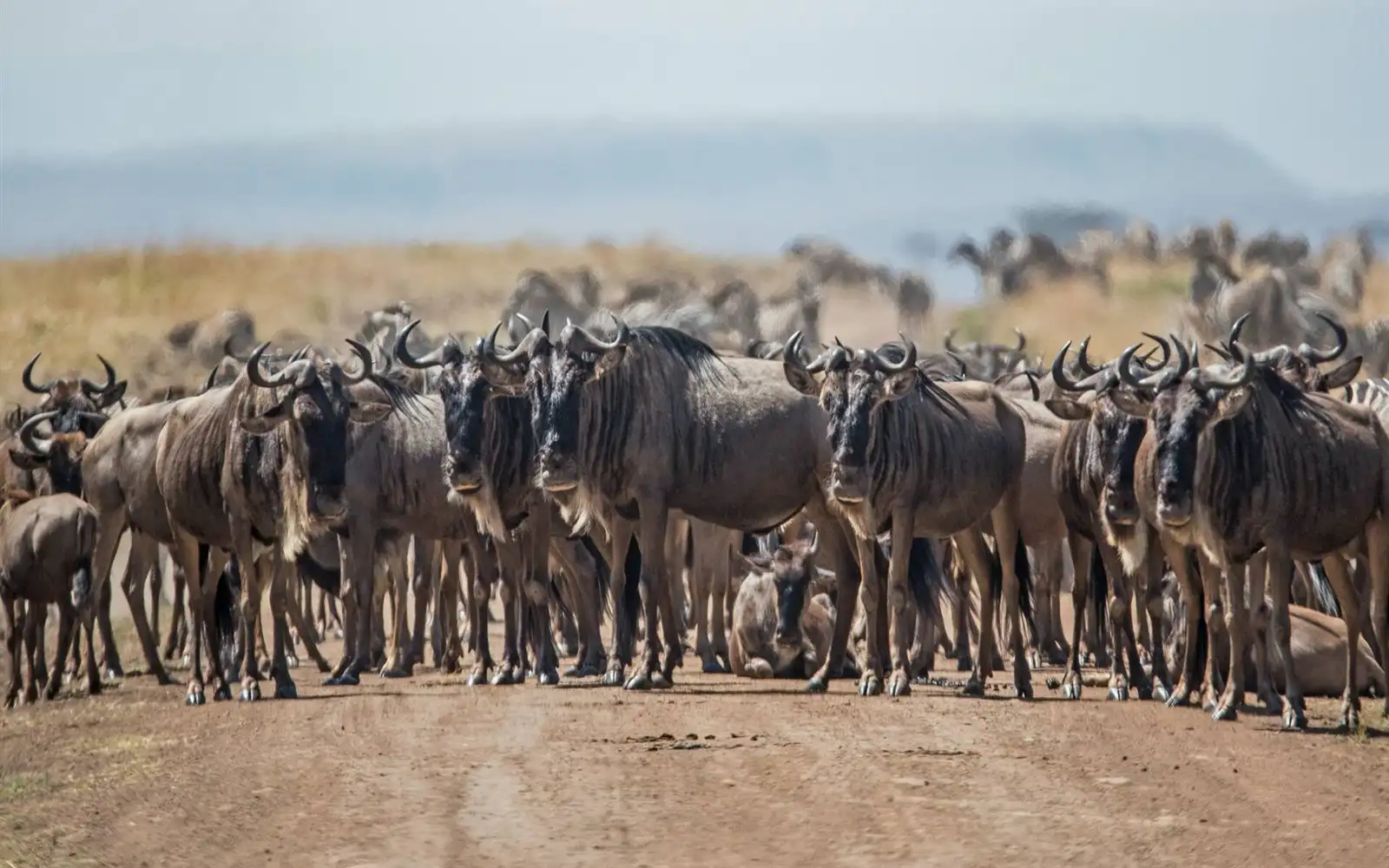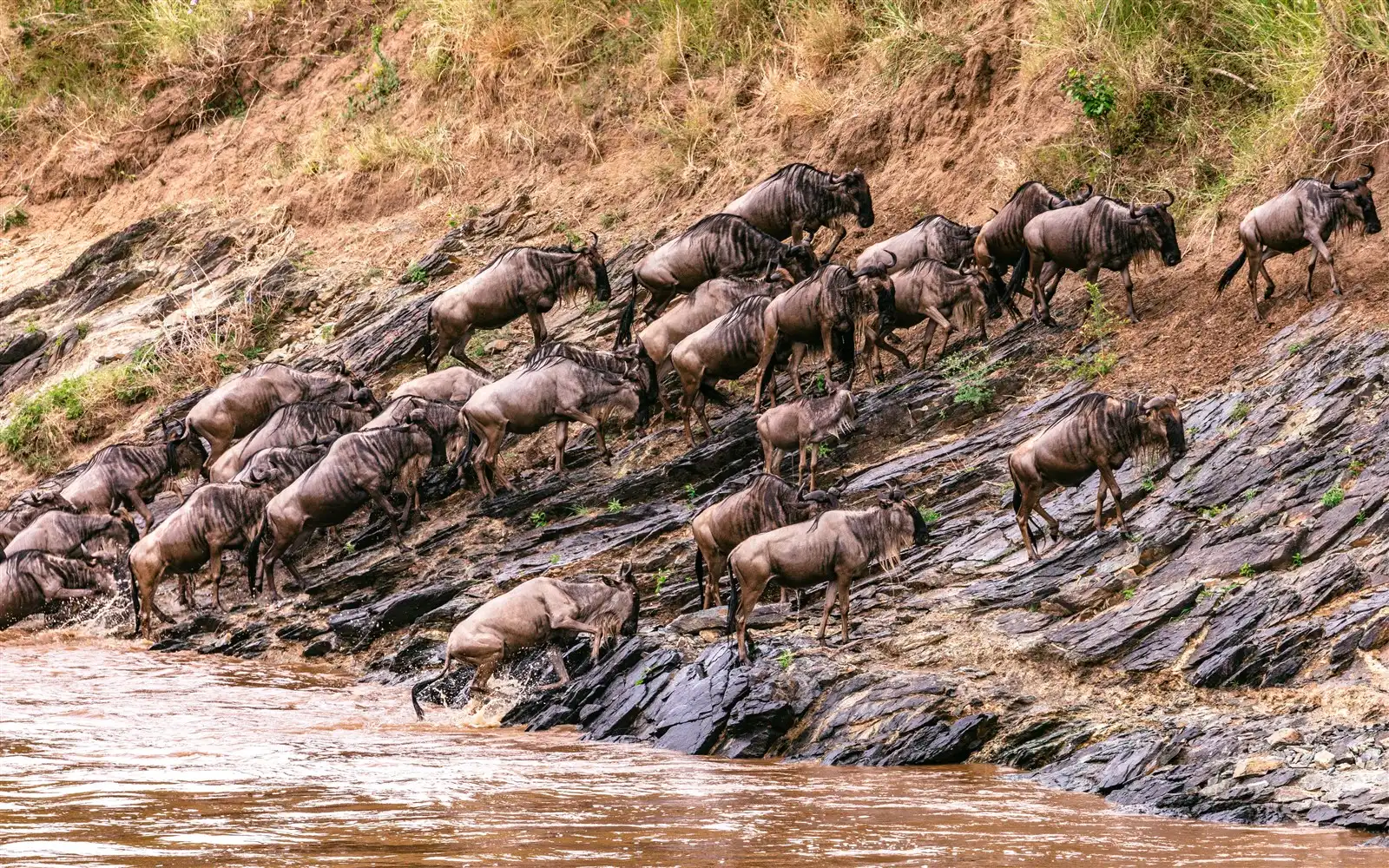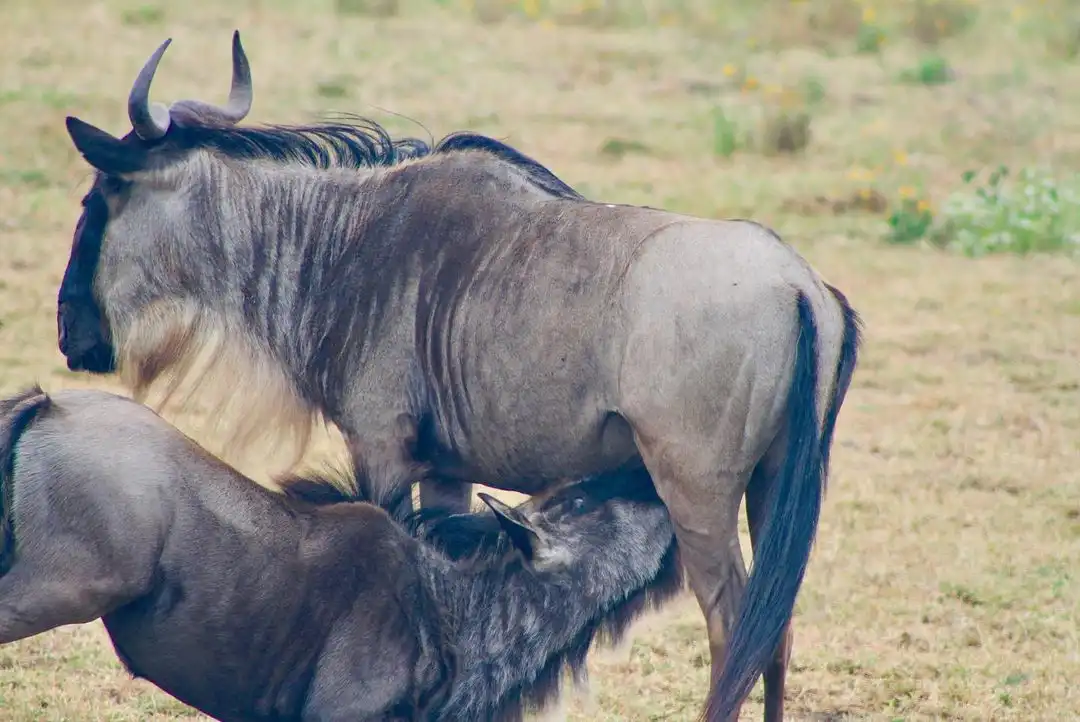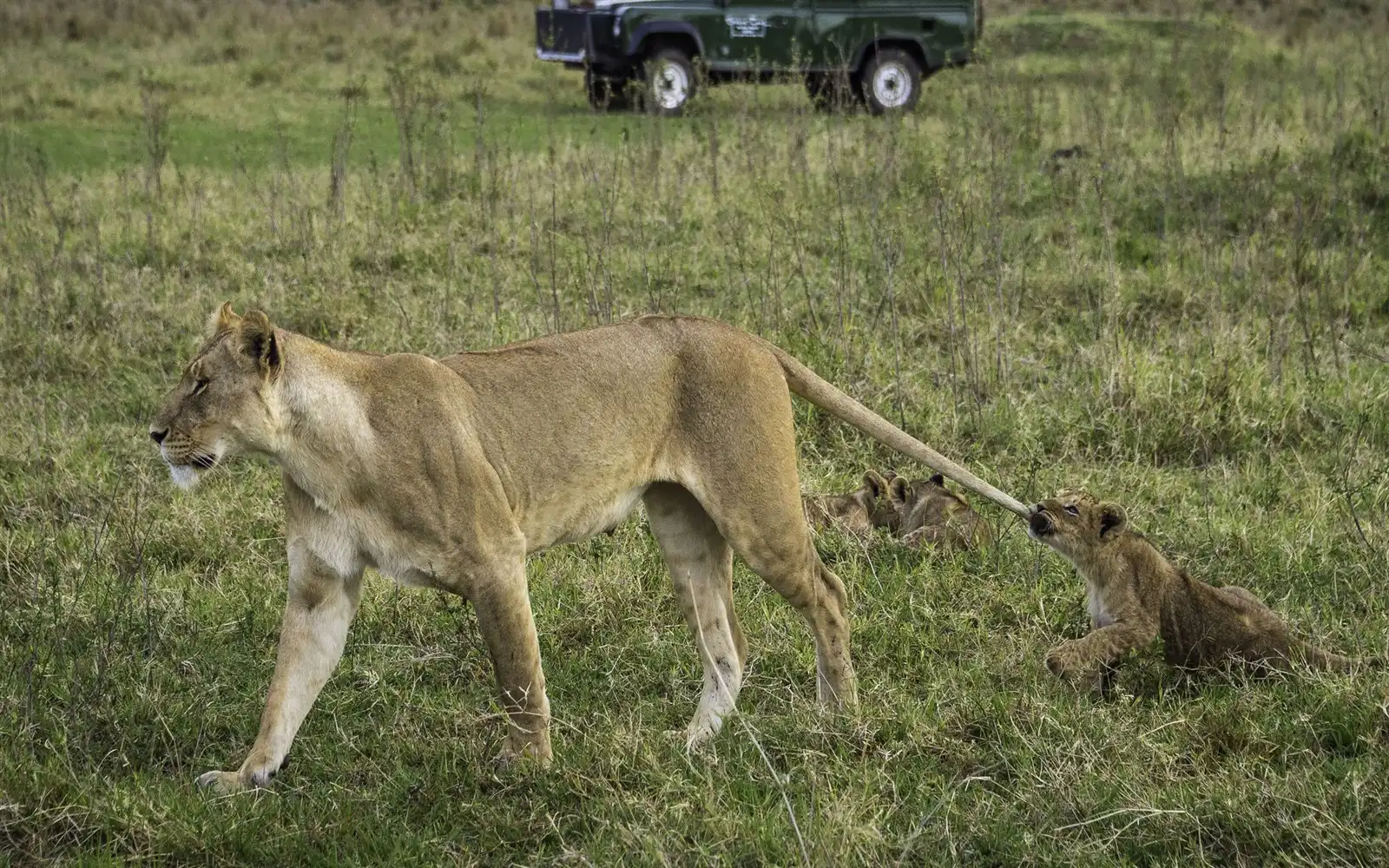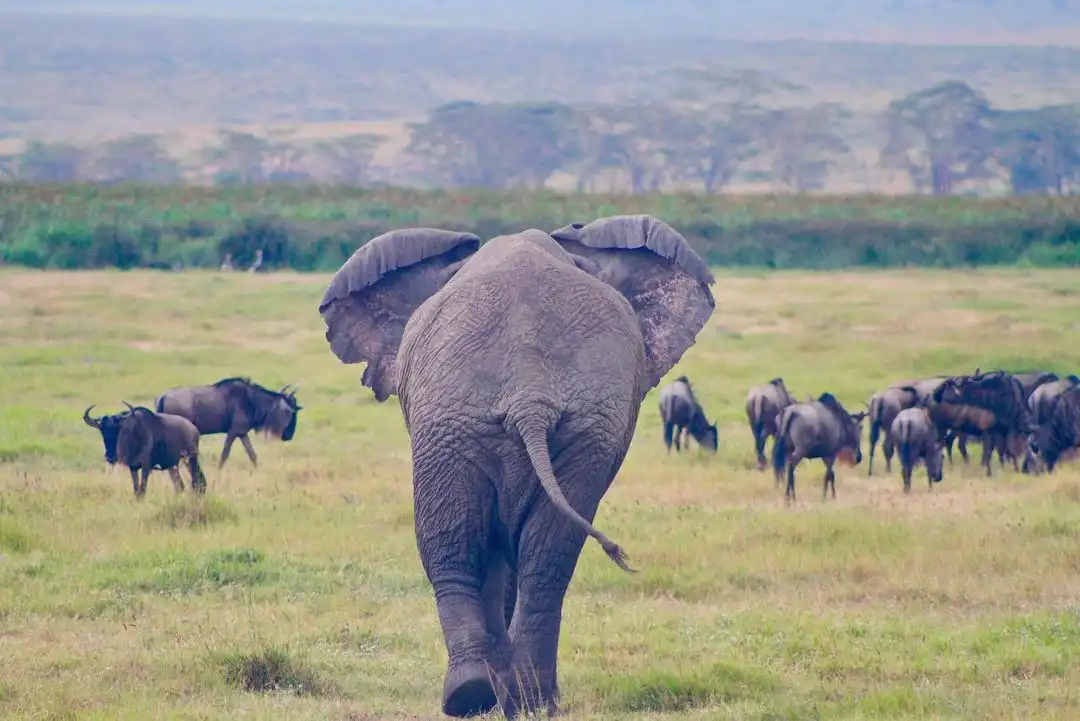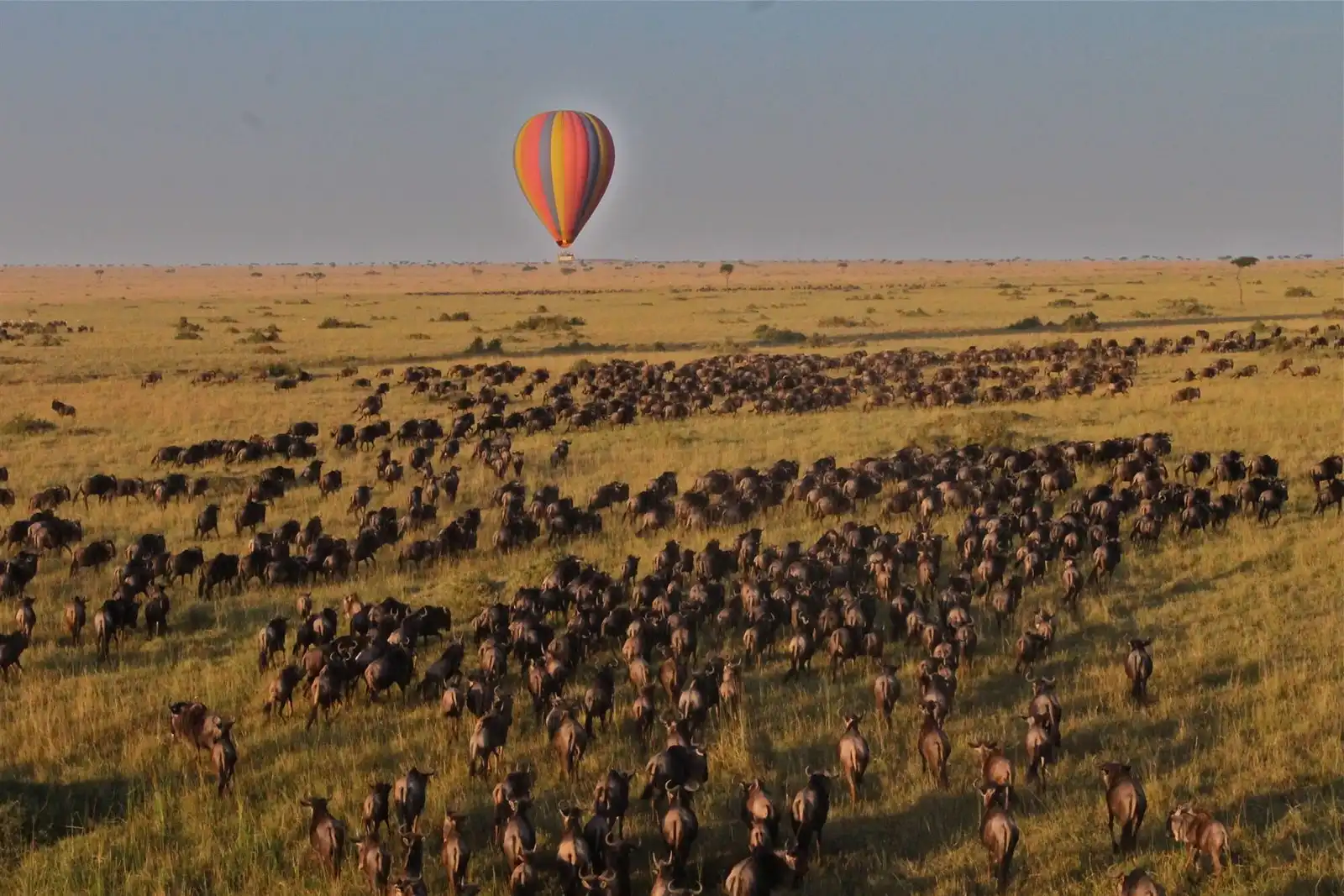
Serengeti National Park
Serengeti National Park
The Serengeti National Park, located in northwestern Tanzania, has a total area of over 14,763 km2 (5,700 sq mi), and is one of the largest and oldest parks in Africa. It contains the greatest concentration of large herbivore animals in East Africa and is home to some of the most abundant wildlife in Africa.
The savanna ecosystem, found within the park's boundaries, is an important link between two distinct ecosystems: the East African plains and grasslands and the Western Savannas. The biological diversity of the park is very high with at least four globally threatened or endangered animal species: black rhinoceros, elephant, wild dog, and cheetah.
Safari StrideWildlife in the Serengeti
The rich grasslands of the Serengeti allow it to support the millions of wildebeest that live here, before the dry season forces them north towards the Mara in southern Kenya
Woodlands and acacia trees dot the landscape, as do ‘koppies’, large granite outcrops rising up from the plains. As well as the famous wildebeest migration, the park is home to the Big Five: rhino, lions, leopards buffalo, and elephant.
The Serengeti is home to some of the world's fiercest predators: cheetah, spotted hyena (usually in the morning), jackal, bat-eared-fox, and wild dog. The park has the highest concentration of predators in Africa.
Alongside these you'll find giraffes, mongoose, baboons, aardvarks, colobus monkeys, monitor lizards, and giant Nile crocodiles. The park also has the highest ostrich population in Africa, and more than 350 species of birds.There are at least four endangered animal species; the black rhino, elephant, wild dog, and cheetah.
During the dry season, when the short grasses and reduced watering holes make wildlife sightings much easier, it's not uncommon to return from a safari in a state of silent disbelief. The abundance of wildlife, the beauty of the park, the sheer scale of it all.
Safari StrideWildebeest Migration in Serengeti National Park
The wildebeest migration in Serengeti National Park is a natural wonder that takes place annually in Tanzania, East Africa. It is one of the most spectacular wildlife events on the planet, attracting thousands of tourists from around the world. The migration is a cycle that takes place every year, and it involves the movement of millions of wildebeest, zebras, and gazelles across the Serengeti ecosystem in search of food and water.
Wildebeest Migration Cycle
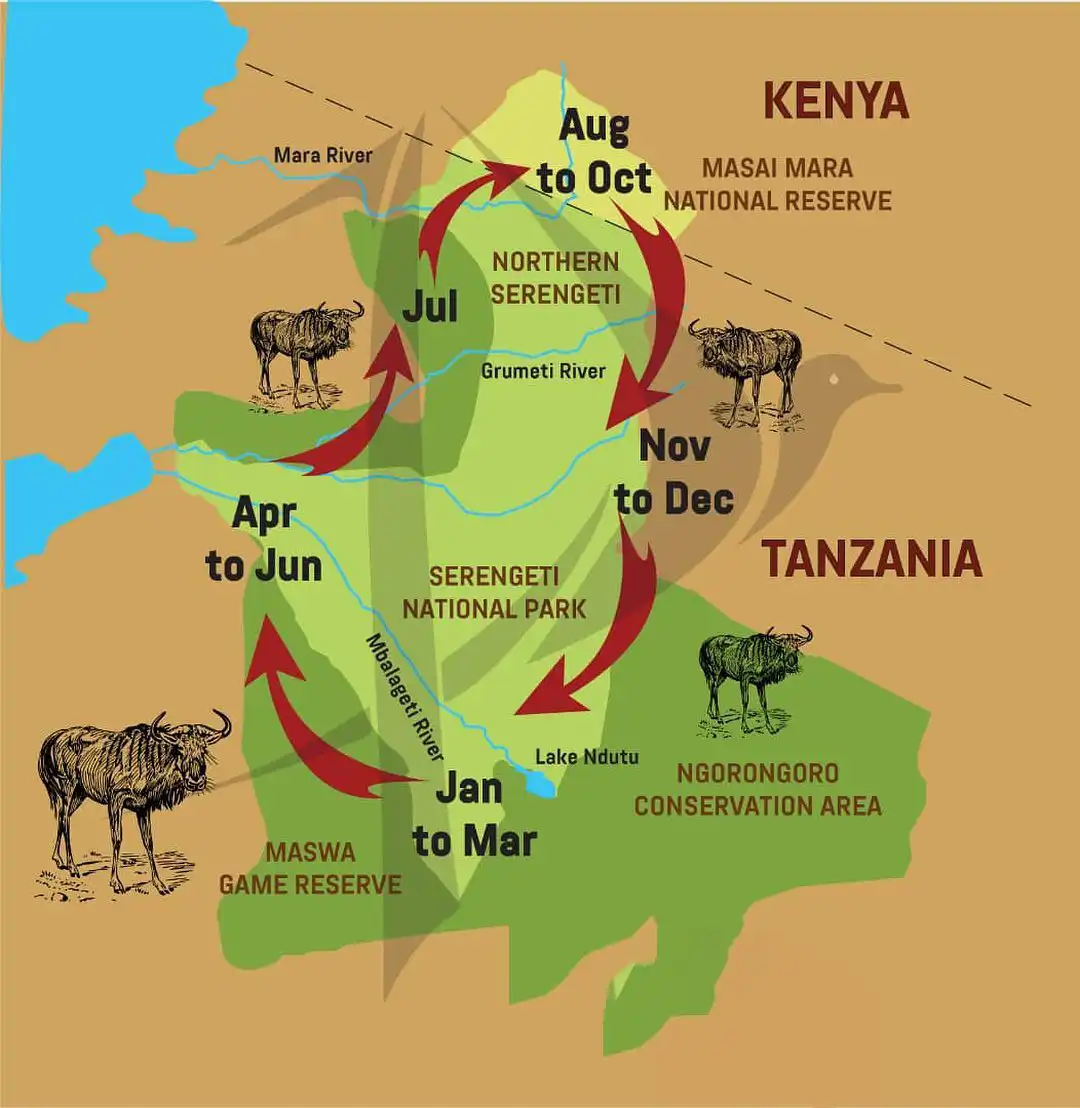
The migration cycle begins in December when the wildebeest and other grazing animals start to gather in the southern Serengeti plains. These plains provide abundant grass and water for the animals to feed on, and the wildebeest take advantage of this to give birth to their young.
As the dry season sets in, the grass in the southern plains begins to dry up, and the animals start to move towards the western Serengeti. They cross the Grumeti River, which is infested with crocodiles, and head towards the northern Serengeti.
In July, the animals reach the Mara River, which marks the border between Tanzania and Kenya. This is the most dramatic part of the migration, as the animals have to cross the river to access the fresh grass on the other side. The crocodiles in the river pose a significant threat to the wildebeest, and many of them get attacked and killed during the crossing.
Once the animals have crossed the river, they move into the Masai Mara Reserve in Kenya, where they spend several months before starting the cycle again.
Why is the Wildebeest Migration Important?
The wildebeest migration is important for several reasons. First, it is one of the most significant wildlife events on the planet and attracts thousands of tourists every year. This tourism generates significant revenue for Tanzania and Kenya, helping to boost their economies.
Second, the migration is an essential part of the Serengeti ecosystem. The grazing animals play a vital role in maintaining the balance between the different species in the ecosystem. The wildebeest, for example, help to fertilize the soil as they graze, which helps to support the growth of new grass.
Finally, the migration is an incredible example of the resilience of nature. The wildebeest have evolved over millions of years to adapt to their environment and survive the challenges of the migration. They have developed an incredible sense of timing and direction that allows them to navigate through the vast Serengeti ecosystem.
Safari StrideBird Watching in Serengeti National Park
Birding in Serengeti is one of the most prominent activities in serengeti national park second to game viewing or wildlife viewing, the park harbors over 500 bird species across the endless plains of Serengeti national park with Ndutu area taking half of the bird species population. Birders trips always take longer periods in the park due to slow movement and mostly involve more walking quietly following the birds with good cameras and binoculars.
Serengeti diversified eco system has added an advantage to the park and birding safaris as the park is harboring different kind of birds from open savannah to the small dotted shrubs in the north and the hills surrounding the park which inhabits different bird species. The Serengeti ecosystem is divided in to the following regions: The seronera central area, Ikorongo reserve, Ngorongoro famed conservation sector, Grumeti area and the Loliondo area.
Serengeti birding safaris are much rewarding to the birders with high quality facts and highlights of the trip include:
- Serengeti harbors the most endemic birds in Tanzania (Serengeti –Mara ecosystem)
- Serengeti harbors five bird species that are not found anywhere
Birding in Serengeti can be done throughout the year though the most recommended months are from November to April which is a breeding period for most of the birds and they are nesting besides that most of the migratory birds are around Serengeti both European and North African migratory birds and it is easy for birders to break records on daily basis during this period of the year making birding trips more experiential.
In Serengeti birding trips start very early in the morning and takes the whole day moving with lunch boxes and all equipments in the bush. The most common sited birds are Kori bustard, Secretary bird, Rufous-tailed weaver, Fischer’s Giraffe, Grey-breasted spurfowl, Black-headed gonolek, Spurb sterling, Ruppell’s vulture, Southern ground hornbill, Grey-crested helmet-shrike, Black Eagles, Ostriches and many more.
